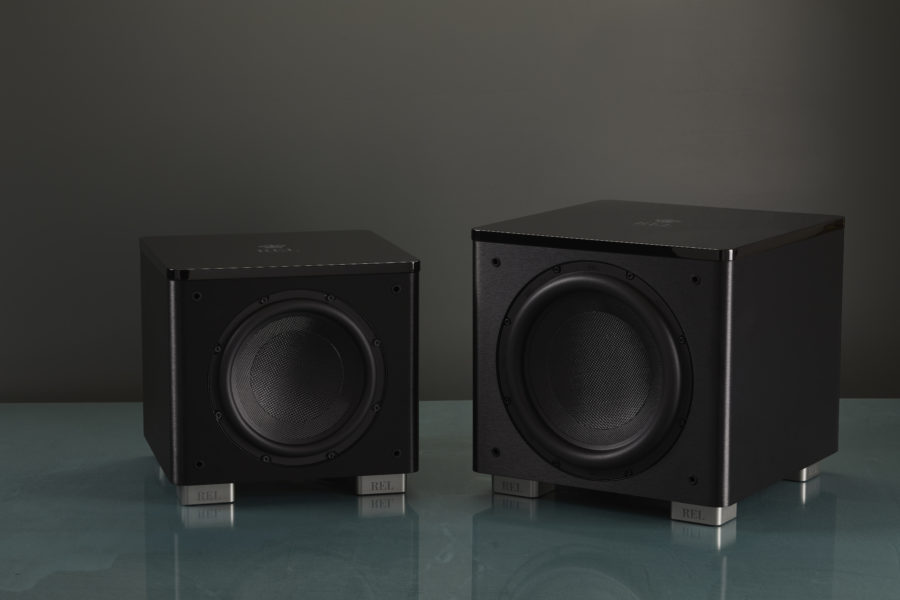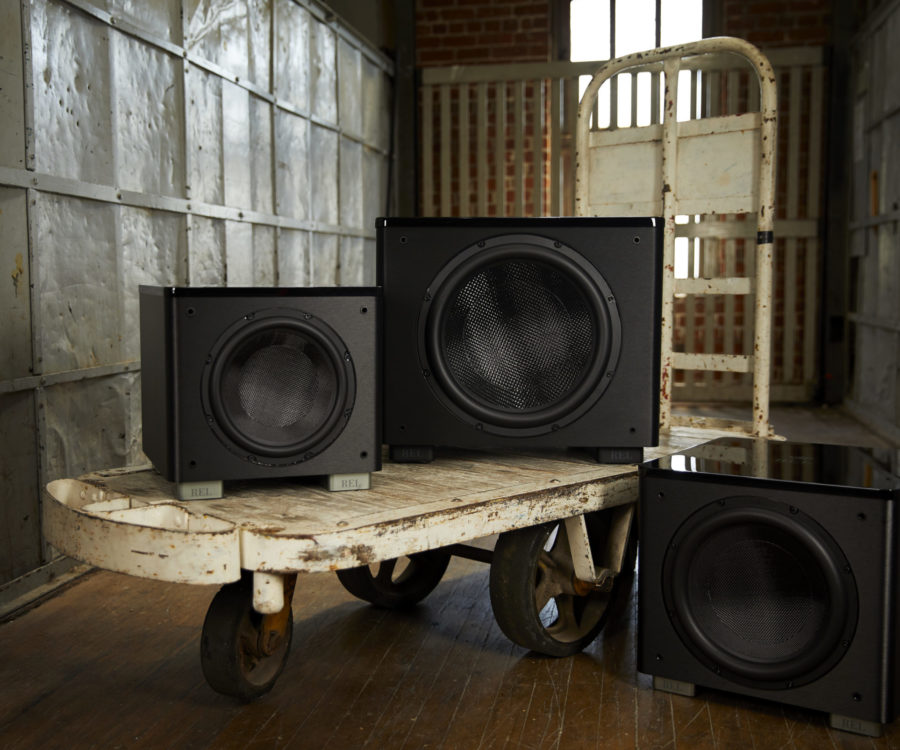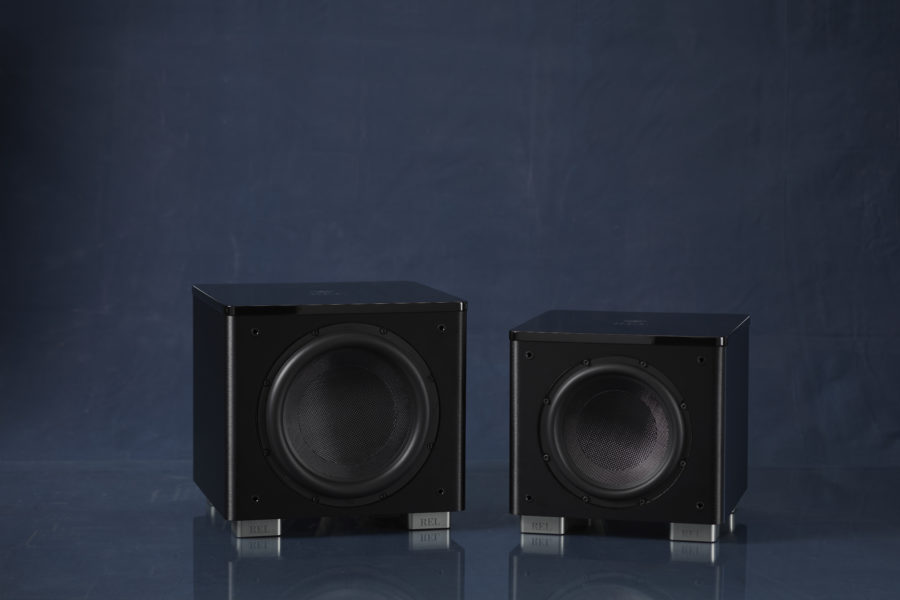Blog
Serie HT/ MKII: The Real Deal
Set it up Right with Serie HT/ MKII

Get it right with the new HT/1205MKII and HT/1003MKII and you’ll have a home theatre that delivers legitimately insane output levels while bringing the SNAP and attack that only wickedly fast drivers supply, and bass that goes ALL the way down there. 20 Hz is only down 4 dB on an HT/1205 and 24 Hz is right there at 24 Hz. All done the right way, no gimmicks, no cheating with digital correction, all analog.
The new MKII versions of our HT range are utterly remarkable and feature some of our best and newest technology. Get it right during setup -(and I’m speaking specifically to those of you using these principally in home theatre applications), and they will outperform any number of competitors’ models at and above the $1500-$3,000 range. Get it wrong by listening to mid-fi home theatre advice-givers and you’ll give away the power and authority these deliver. Replacing it with a fatter, thicker sound that won’t play as loudly as it is capable of playing. We’re here to share with you how to get it right.
- Use the REL’s Crossover to do the heavy lifting, not the receiver. Set your AVR’s bass to 200 Hz.
- Never set the REL’s crossover beyond the 1 o’clock position (24 clicks). Below this, listen for the proper balance of powerful explosiveness against too much upper (boomy) bass.
- If you ignore point #2 above, please know that you will not only wind up with worse sound quality, but you will limit the highest output levels your Serie HT is capable of.
- Toe the sub in towards the primary seating area. Straight ahead rarely sounds right, limiting attack and deep bass. Looks nice, but sounds awful.
- Find the baddest LFE track you have in your collection, turn the rest of your system up as loud as you would ever use it (taking care not to blow anything up) with no sub, then rerun the scene and turn the volume up as loud as your HT subwoofer can handle at that same system volume. Reduce volume as needed to retain your sanity.
A. You shouldn’t use the receiver’s bass management as the final word in tuning. Set the AVR LFE Output to 200Hz and leave it alone. Do not, under any circumstances, rely on the built-in crossovers supplied in AV receivers to obtain the final results. Receiver manufacturers’ offerings span a wide constituency. If you bought a REL, you want something more. Something Better. REL’s sole task is to build the finest subwoofers possible. The amount and intensity of focus that goes into reproducing cymbal brush strokes shimmering in air through our subwoofer crossovers is crazy. If we get it wrong, your whole system goes off the rails just a little bit. Who here thinks receiver manufacturers are listening forensically at those levels? Right, I don’t think so, either.
B. AVRs offer you 4-5 crude steps of frequencies. It’s like buying a car and being told as they hand you the keys, “Right, you should know it only drives at 4-5 speeds.” Huh? “Yes, with our latest model, you may only drive at the following speeds; 40 mph, 80 mph, 120 mph, 150 mph, and 200 mph.” REL allows you a precise roll off of your subwoofer anywhere between 20 and 200Hz.

RelTip: Enter the AVR’s menu and select Setup, then go to Speaker Setup and select Large if you have decent speakers that go down to around 50 Hz—a high-quality 6.5” 2-way speaker can often deliver this (170mm). Set the receiver’s subwoofer setting to LFE+Main which means the speakers will be allowed to participate in outputting bass as God and Ray Dolby, whose team at Dolby Labs invented modern digital theatre, intended. For theatre to be the immersive art form it’s intended to be, bass must arrive from the channels that support the visual event appearing on your screen. A tank coming directly at you should be supported by a quality center channel set to Large (and, in a perfect world, a Classic REL with High-Level). A plane approaching from over your right shoulder and then flashing across the screen should have the Right Surround able to handle a decent amount of bass, then it passes to the Center channel and finally the Left main speaker as it disappears off the screen.
C. Crossover Settings: By not exceeding 1 o’clock (24 clicks on the HT/1510, HT/1003, or 1205 MKII) on our crossover, you have access to a setting well beyond the highest frequency setting we have ever found necessary when using decent quality speakers . By exceeding this setting, you’re pushing the REL to produce frequencies that blend into the midrange, which makes things sound boomy and drives your room into the same problematic area. Worse, because you’re pushing too high up, the amount of energy the amp is being forced to amplify (to produce something that sounds worse) is wasted on the midrange, not the bass. This then brings our volume-limiting circuits into play and they will reduce the maximum possible output . Extensive experience in the field tells us that with most systems, in most rooms, a Crossover setting of 12 o’clock (20 clicks), or slightly less, is optimal.
D. Toeing a sub in has become common practice in recent years as it results in greater air, attack, and deep bass. Listen carefully as you do so, because it’s not quite as simple as point and shoot. Listen for the qualities listed above, as the subwoofer approaches pointing directly at the primary listening area, or best seat. Placing them neatly, right on either side of a credenza is also questionable. Sometimes it works well, sometimes it doesn’t. Be open to trying placements closer to the front corners of the room and turned inward if you aren’t 100% satisfied with the neat, clean look resulting in an overall presentation that sounds wimpy.
E. Setting Max Output Levels. Not everyone needs to strive for the maximum safe level that their system can handle. If you’re in a modest flat or a small suburban home and the hardest you push your system is binge-watching Bridgerton, just set it to blend nicely and enjoy. A Mercedes is no less enjoyable if you rarely venture past 70 mph (113 kph) but it’s nice to know that it’s safe and stable at 155 mph (250 kph). If you do want to extract something closer to its maximum potential, now you have the guidelines for how to do so.

These HT/MKII models are capable of amazing sound quality, incredible output levels, and extremely deep bass. In short, they form the basis for extraordinary home theatre systems. Systems that needn’t be wildly expensive but are capable of use in the advanced REL HT/3D that support theatres costing a couple of hundred thousand dollars/pounds/euros. Beautifully constructed, with upgraded design, and fit and finish traditionally reserved for our more expensive lines, they are the total package. And now, with a few tips on how to set them up, you’ll be better able to extract the prodigious performance they offer. Thanks for being willing to dig in and learn!











